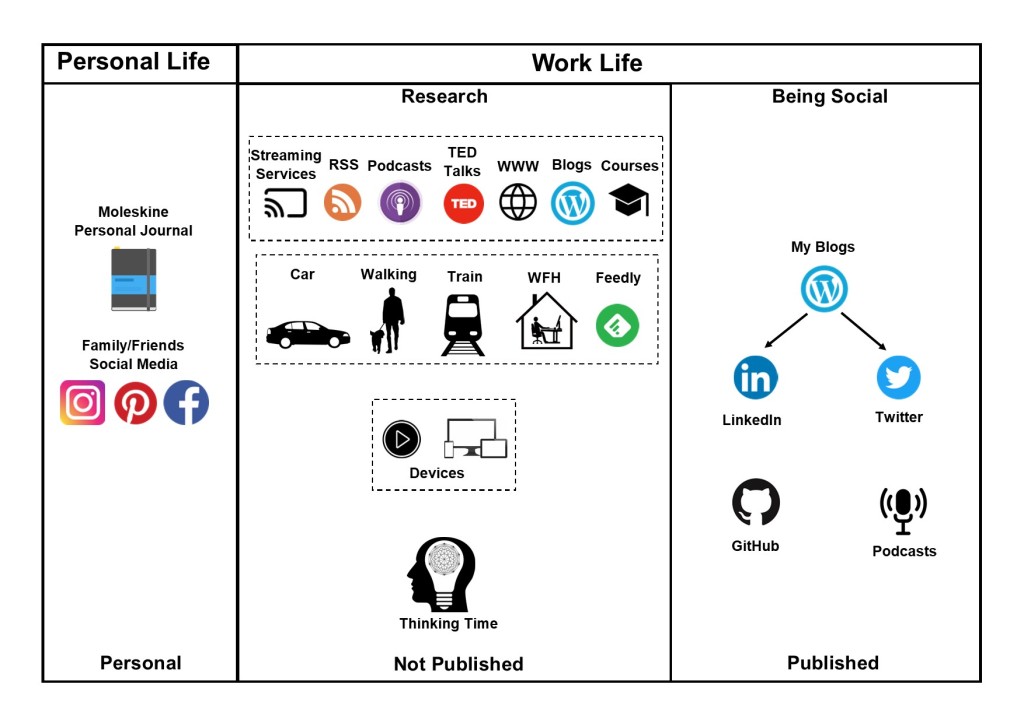Tags

As technology continues to evolve, more and more of our lives are being lived online. We use social media to connect with friends and family, conduct business online, and even store important documents and memories. But what happens to all of this digital content when we die?
Recent experiences for me around this topic are the reason that I decided to write about it.
It is possible in some platforms now to assign trustees of the account who can deal with it when you are no longer able to. Other systems don’t and the data just stays there.
The internet is full of “digital ash,” the digital remnants of our lives that we leave behind when we die. This digital content can include everything from social media profiles to email accounts, cloud storage, and more. The amount of content we leave grows on a daily basis as we live our normal lives.
Here are some important things to consider about digital ash:
Ownership
When we die, our digital assets still exist online. However, the ownership of these assets is often unclear. Depending on the platform, our digital content may be owned by the platform itself, our family members, or the executor of our estate. It’s important to understand who owns these assets and what can be done with them.
Privacy
Digital content can contain sensitive information that we may not want to be publicly available after we die. For example, email accounts may contain sensitive financial information or private conversations. It’s important to consider privacy when thinking about what will happen to our digital ash after we die. Many systems now implement two factor authentication which protects the data, but if its your wish to have it deleted can someone actually do this with a high level of security in place?
Legacy
Social media accounts, blogs, and other digital content can serve as a form of legacy after we die. Our online presence can provide comfort to loved ones and allow them to remember us. It’s important to consider what we want our legacy to be and how our digital ash can contribute to that legacy.
Digital Estate Planning
Just like we plan for our physical estate, we can also plan for our digital estate. Digital estate planning involves creating a plan for what will happen to our digital content after we die. This can include instructions for how social media accounts should be managed, how email accounts should be closed, and more. Do you have a plan alongside your will?
Online Memorials
In recent years, there has been an increase in the creation of online memorials for loved ones who have passed away. These memorials can take the form of social media pages, blogs, or other digital content. It’s important to consider whether we want an online memorial and how it should be created and managed.
It important to consider the above when you next review your will arrangements.










